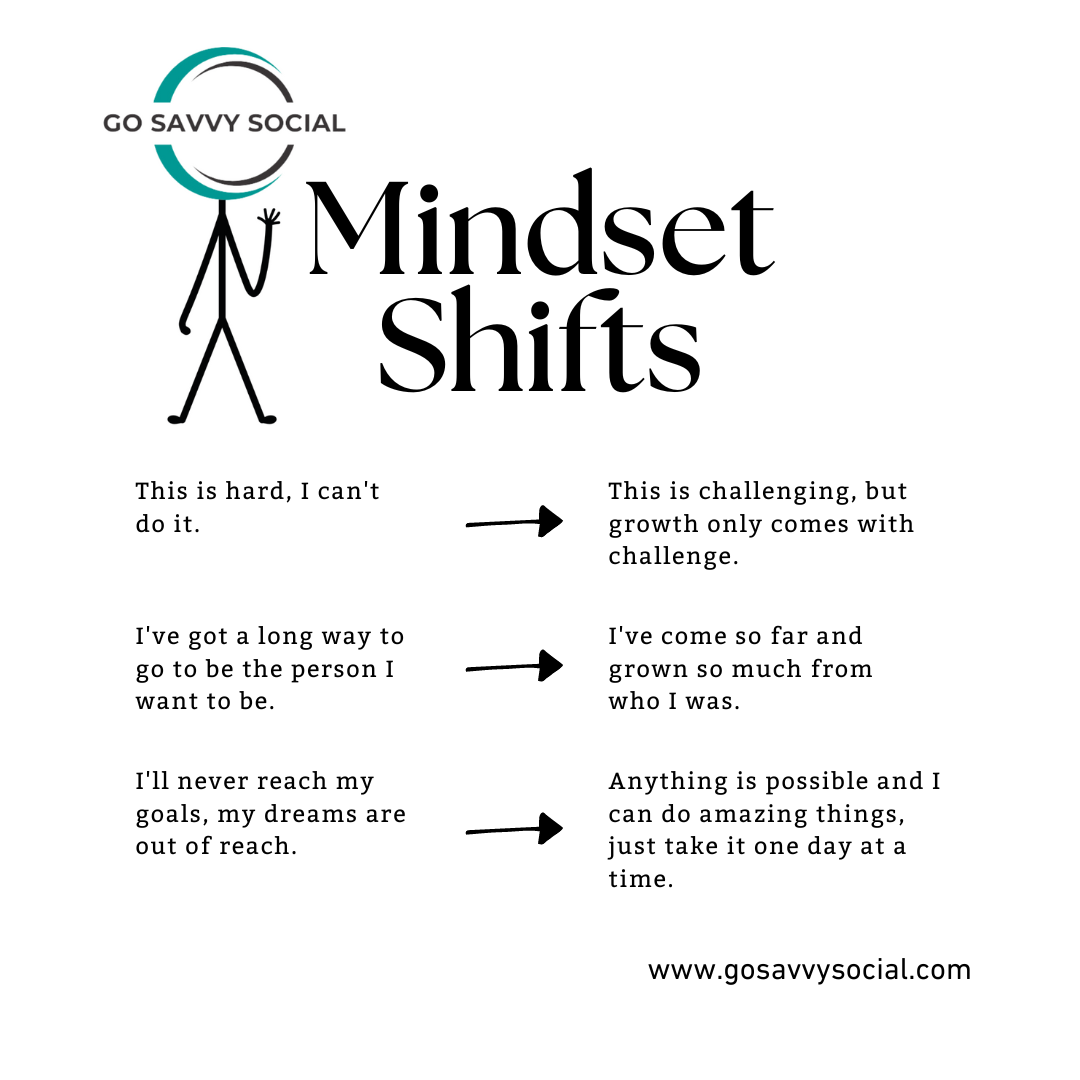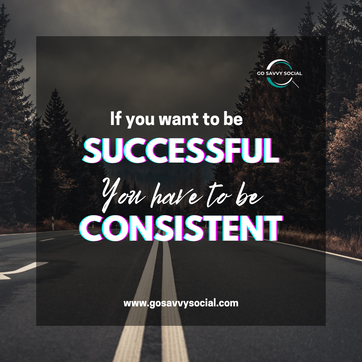|
Partner with Go Savvy Social on internal marketing strategies for building a strong brand presence, fostering employee engagement, and maximizing organizational growth.
Here's what your organization should hone in on: Internal Communication: Clear, transparent, and timely communication channels are essential for aligning teams and sharing information about marketing goals, strategies, and initiatives. Team Collaboration: Encourage teamwork, break down departmental silos, and promote cross-functional collaboration to leverage diverse perspectives and expertise within your organization. Change Management: Be adaptable and open to change. Effectively manage transitions and rally employees around new marketing initiatives or strategies. Leadership Development: Strong leadership drives internal marketing efforts. Develop leadership skills such as vision setting, strategic planning, coaching, and empowering team members. Employee Engagement: Engaged employees are invaluable brand advocates. Cultivate a positive work environment, recognize and appreciate employees, and empower them to participate in marketing activities. Training and Development: Continuous learning is key. Implement training programs, workshops, and knowledge-sharing initiatives to upskill employees and stay ahead of industry trends. Data Literacy: Data-driven decision-making is crucial. Improve your data literacy skills to understand metrics, interpret analytics, and optimize marketing strategies. Creativity and Innovation: Foster a culture of creativity, experimentation, and risk-taking. Encourage innovative thinking to stay ahead in the competitive marketing landscape. Emotional Intelligence: Build strong relationships and resolve conflicts effectively. Develop emotional intelligence skills such as empathy, self-awareness, and effective communication. Adaptability and Resilience: Stay agile and resilient in the face of challenges. Pivot strategies when needed and bounce back from setbacks to drive continuous improvement in your internal marketing practices. By prioritizing these key skills, Go Savvy Social can help your organization achieve success in the organic arena and elevate your brand together.
0 Comments
At Go Savvy Social, we measure success through a blend of tangible metrics and intangible impacts that reflect our commitment to driving meaningful results for our clients. Here's how we gauge our success:
1. **Quantifiable Metrics:** We track key performance indicators (KPIs) such as engagement rates, reach, conversions, and ROI to assess the effectiveness of our strategies. These metrics provide concrete evidence of our impact on driving brand awareness, generating leads, and ultimately increasing revenue for our clients. 2. **Client Satisfaction:** Our ultimate measure of success lies in the satisfaction of our clients. We prioritize open communication, regular feedback, and transparent collaboration to ensure that we're meeting and exceeding our clients' expectations. Their trust and loyalty are a testament to the value we bring to their businesses. 3. **Brand Equity:** We believe in building long-term, sustainable brand equity for our clients. By enhancing brand reputation, fostering authentic connections with audiences, and cultivating a strong online presence, we contribute to the growth and longevity of their brands in the digital arena. 4. **Innovation and Adaptability:** Success for us also means staying ahead of the curve in a constantly evolving digital landscape. We measure our ability to innovate, adapt to emerging trends, and leverage new technologies to deliver cutting-edge solutions that drive results for our clients. 5. **Impact on Internal Teams:** Additionally, we gauge our success by the empowerment and growth of our internal teams. We foster a culture of continuous learning, collaboration, and professional development, ensuring that our team members thrive personally and contribute effectively to our collective success. At Go Savvy Social, success is not just about numbers; it's about making a meaningful impact, fostering genuine connections, and empowering businesses to thrive in the digital age. Choosing Your Digital Foundation: The Pros and Cons of Templated vs. Custom-Coded Websites1/15/2024 The comparison between templated websites and custom-coded websites designed by professional developers involves several factors, including cost, customization, functionality, scalability, and the specific needs of the user or business.
Templated Websites (Squarespace, Weebly, Wix, etc, etc, etc) Pros:
Cons:
Custom-Coded Websites Pros:
The choice between a templated website and a custom-coded website depends on the specific needs, budget, and long-term goals of the business or individual. Templated websites can be an excellent starting point for those looking to quickly establish an online presence without a significant investment. Custom-coded websites, on the other hand, are better suited for businesses with unique requirements, those looking for a distinctive online identity, or when planning for significant growth and scalability. We encourage you to decide whats best for your organization overall - use our list with the pros and cons bucket to help! |
AuthorAshly Hughes Archives
March 2024
Categories |
|
© COPYRIGHT 2009. ALL RIGHTS RESERVED.
|




 RSS Feed
RSS Feed
